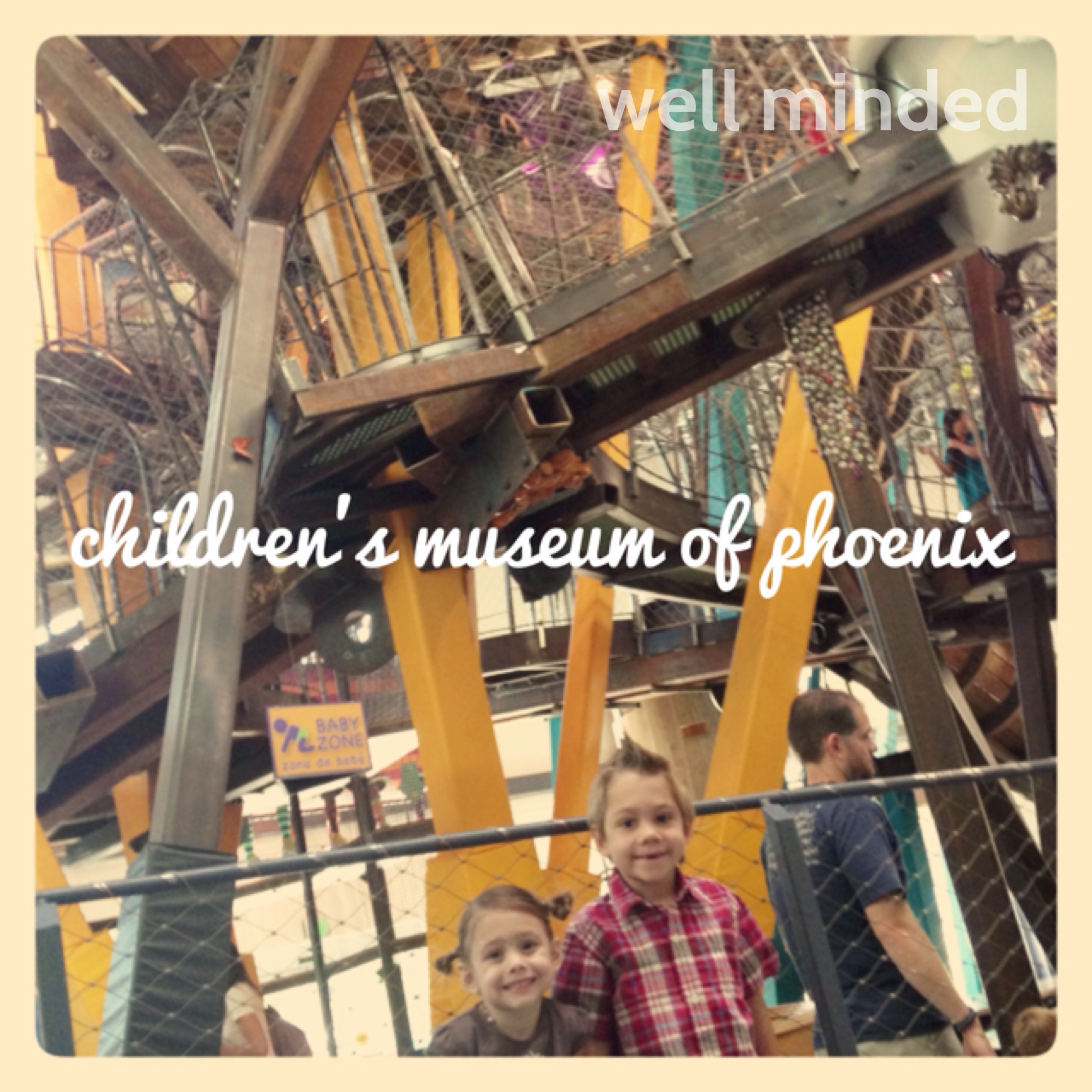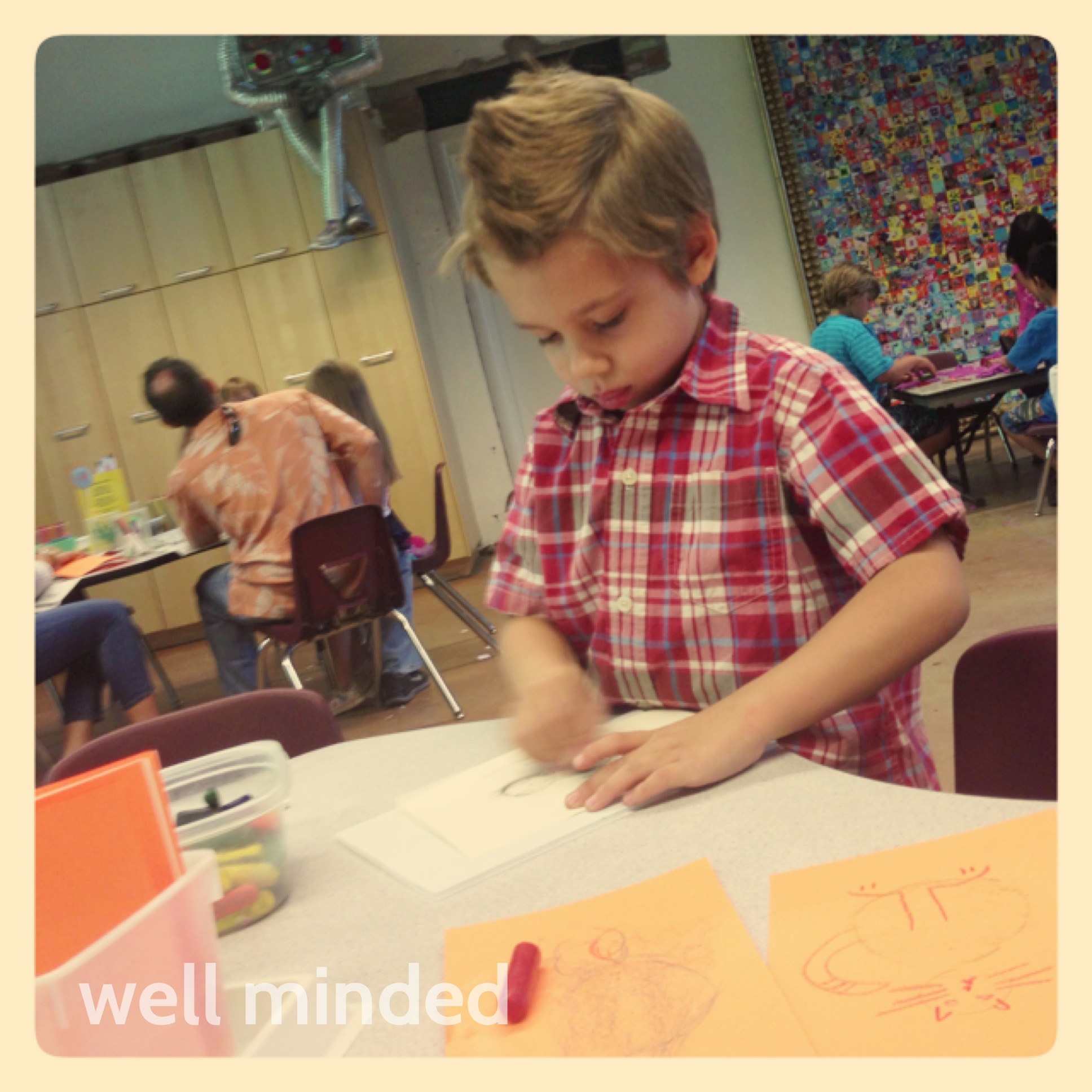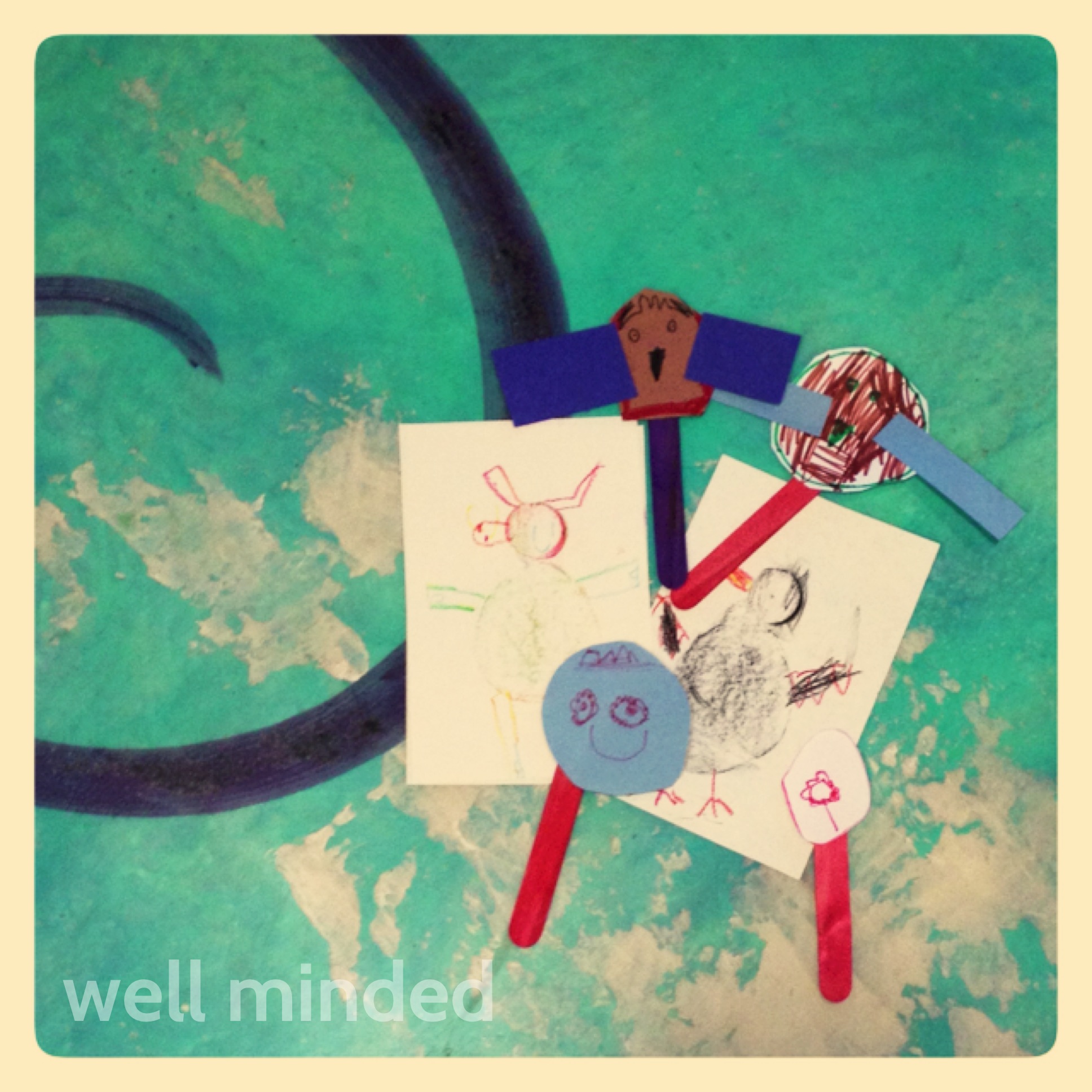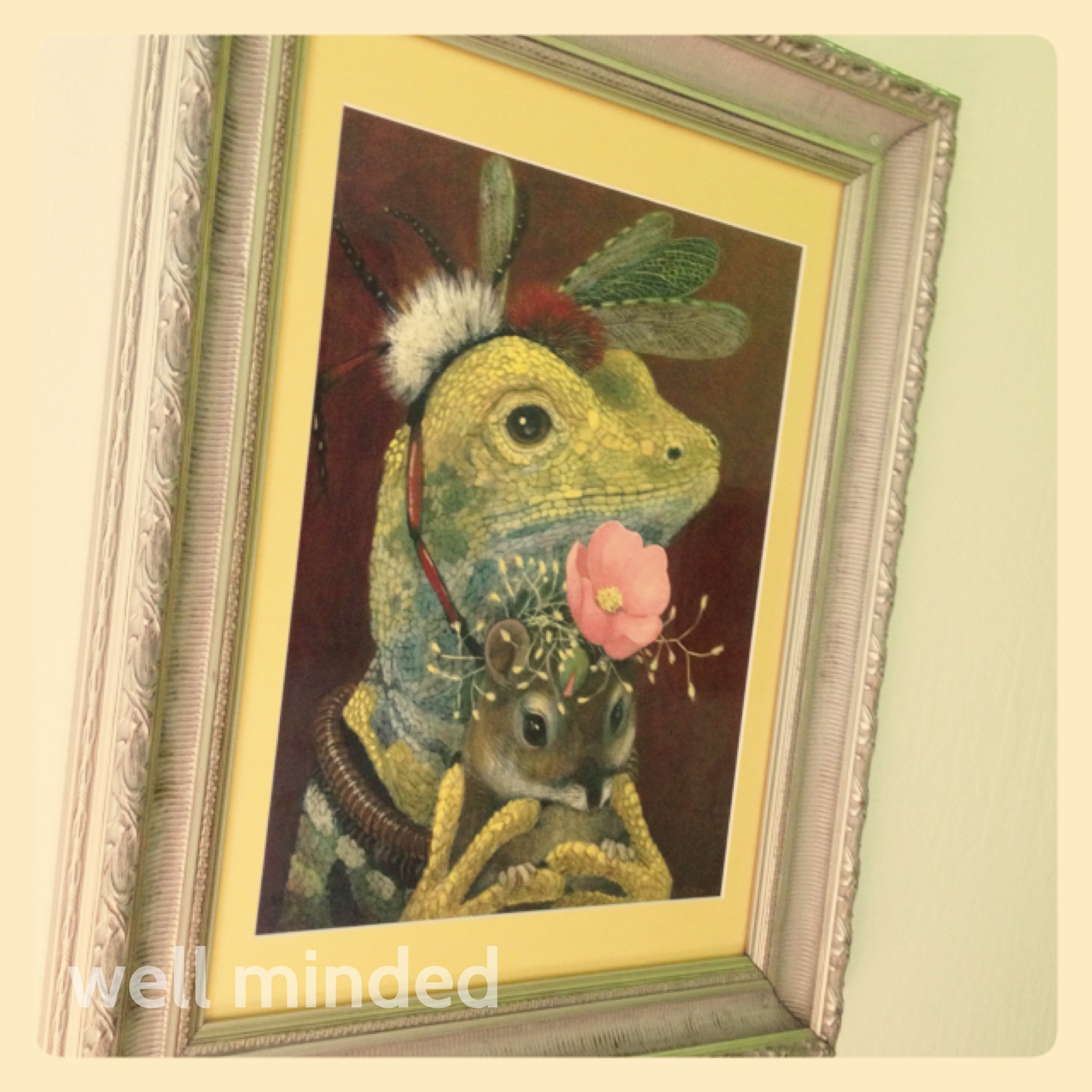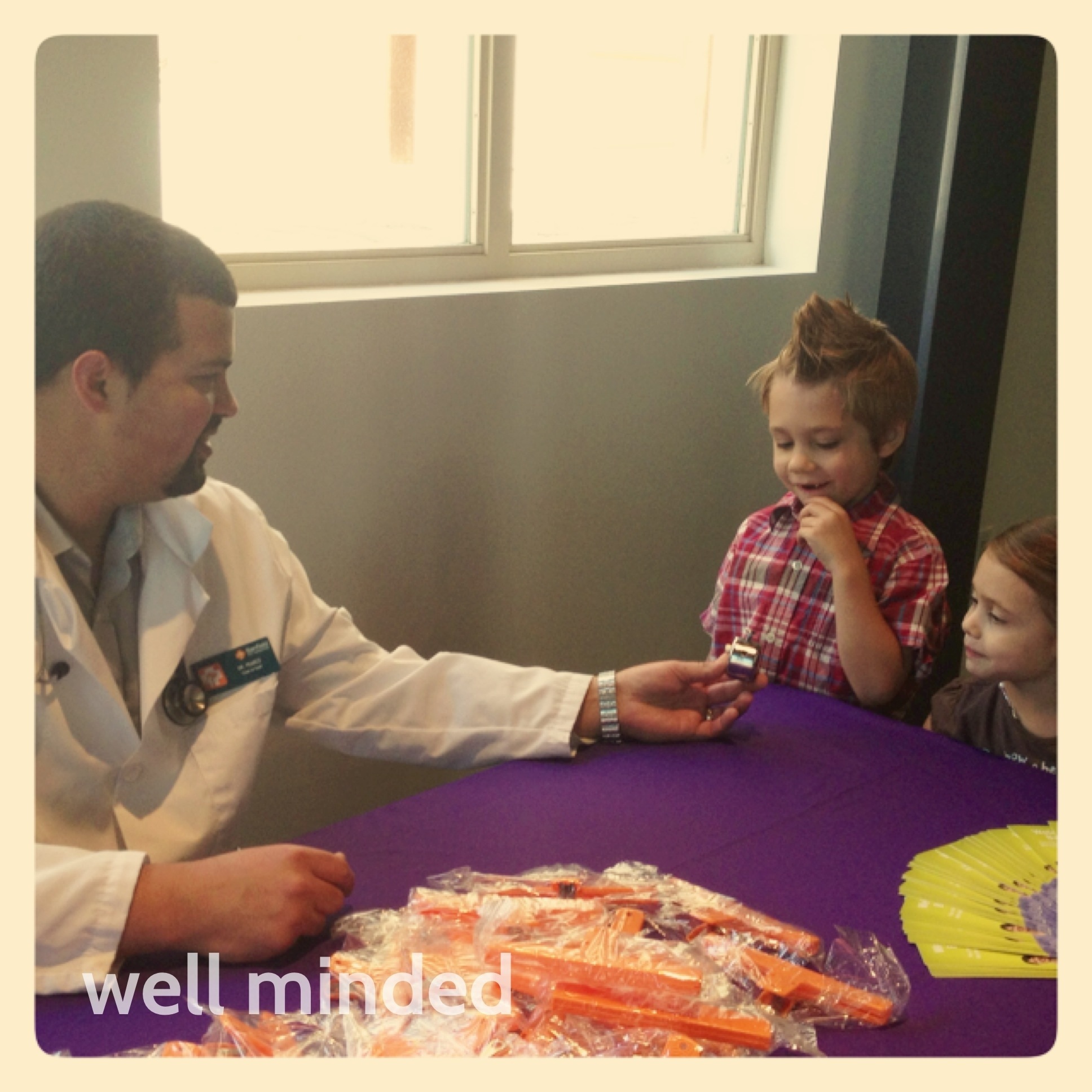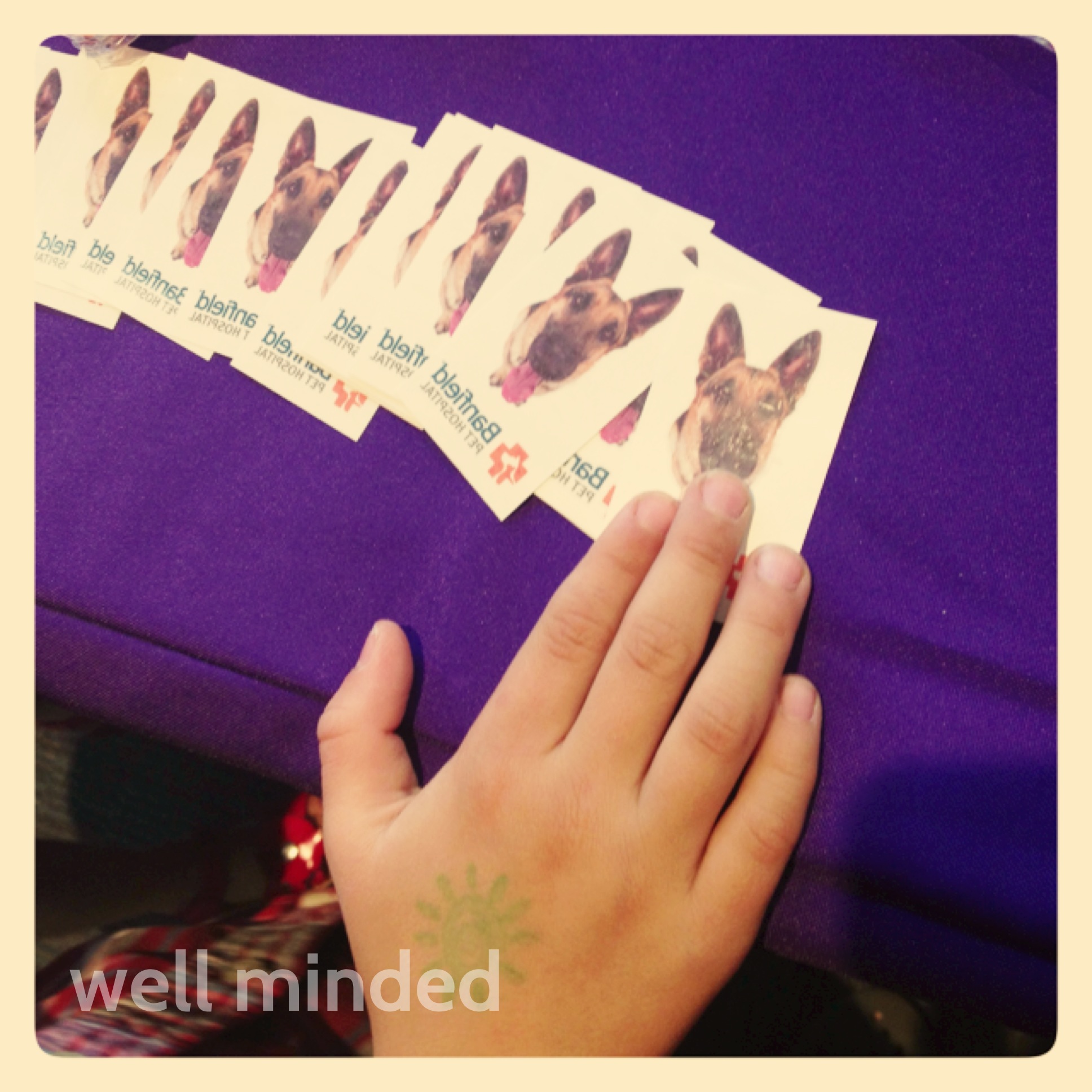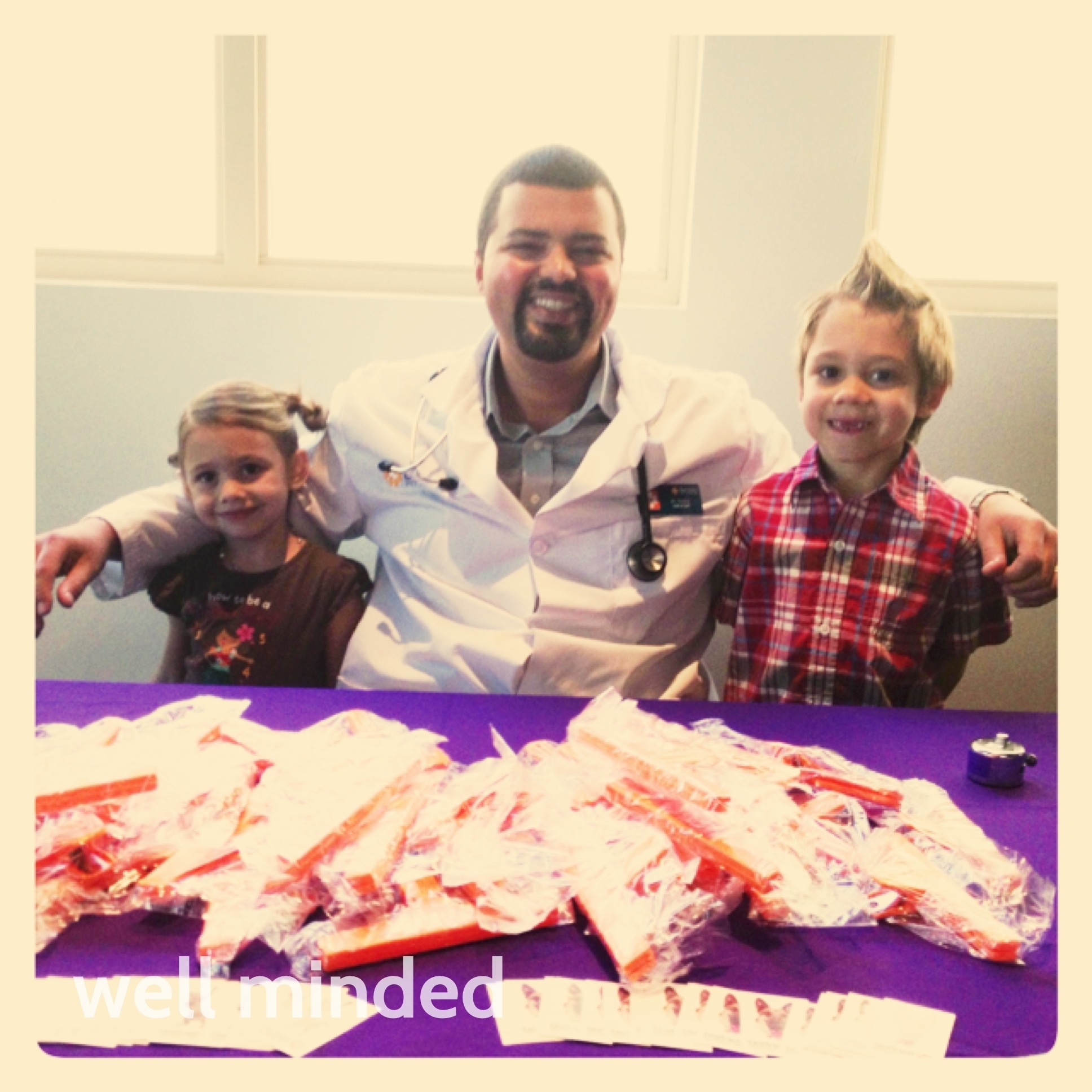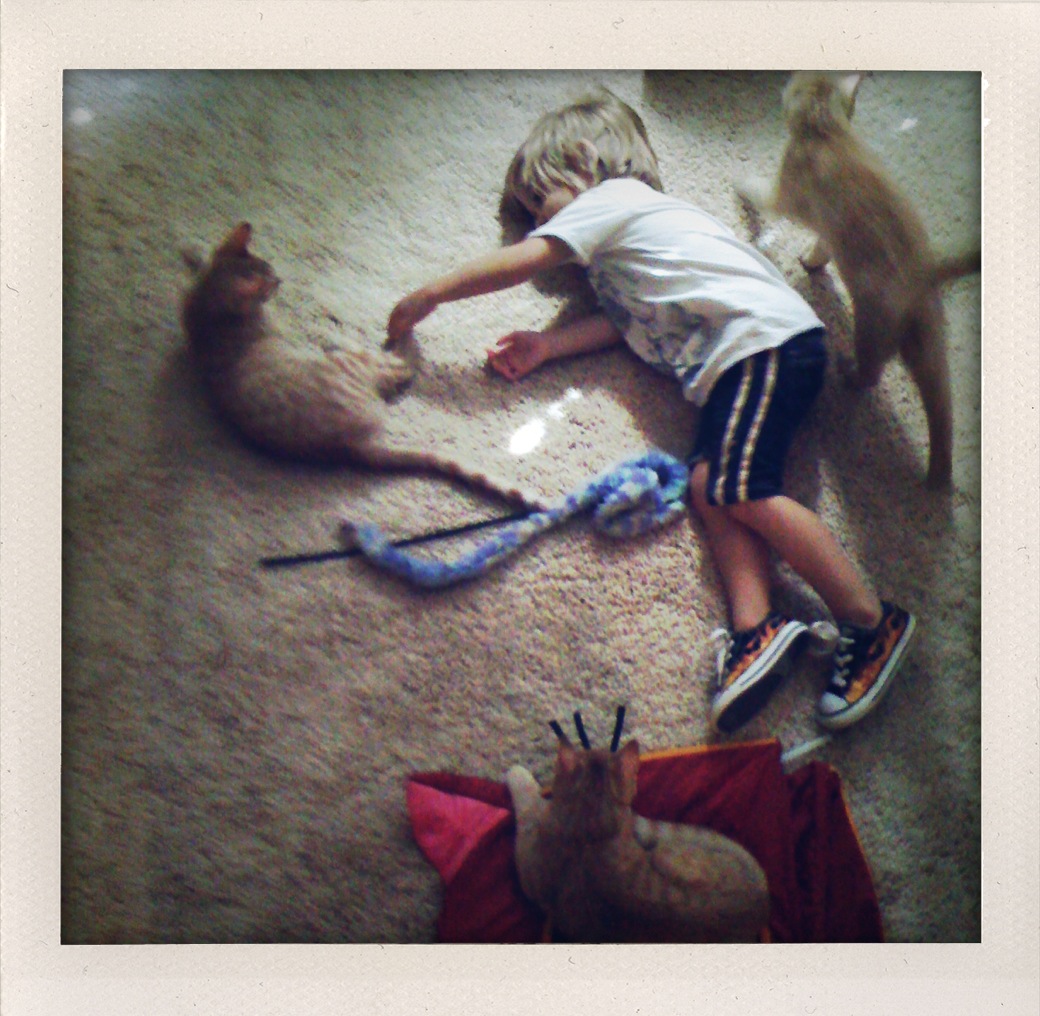I used to think supplements unnecessary. I make sure my family eats healthy, nutritious food, so why should we need anything more? I learned that due to the depletion of minerals in our soil, the foods we thought were so nutrient-rich–and should be–sadly, are not. Even whole, organic, natural foods don't pack quite enough punch. So I put my family on the best supplements I could find with maximum absorption. The whole family takes multivitamin & minerals, calcium, and omega-3s, and us oldsters also take joint supplements so we don't get all crotchety when we try to run around.
But what about N.A.S.H.A., our dog? She just turned eight, yet still acts like a puppy. Would she need to supplement, too? I feed her the highest-quality food. But then, taking what I know into consideration...she'd probably need to get on board with the rest of the family.
I discovered Ultra Oil, a skin and coat supplement, a balanced source of omegas for pets. Ultra Oil is designed to compensate for the deficiencies found in our pets' foods. It is heart-healthy and helps with immunity and overall organ function as well as itchiness and skin dryness.

Although N.A.S.H.A. is healthy overall, she has that wiry fur that easily tangles, and she has seasonal allergies that cause her to lick and chew her paws at various times of the year (like, now), depending on what's in the air and on the ground. Since pets absorb everything they step on through their paws, it's easy to understand why it's common for pets to pay so much negative attention to them.

Tony Klabunde from Ultra Oil describes the supplement:
Ultra Oil gives you everything you need from a fish oil supplement with the omega-rich, low mercury sardine & anchovy, but we don't stop there. We add hempseed oil (nature's most balanced source of omegas) along with flaxseed and grapeseed oil. This allows for the complete profile of healthy fats, including omega 9s, in the right balance to be optimally absorbed. We believe this is why our supplement is so much more effective at healing allergic breakouts, itching, and hot spots that fish oil alone just can't touch. After people see the effectiveness of this balance on even the most serious skin irritations, they keep coming back, but the #1 thing that causes people to originally switch from fish oils is the fact that Ultra Oil doesn't have that stinky odor.
And, it's true! I really stuck my nose in there, and the stuff has no odor whatsoever. N.A.S.H.A. is a super picky eater, so I thought for sure she'd reject her altered regular food when I put the Ultra Oil on it, but I have seen no change in her eating habits whatsoever, so she either likes it or doesn't notice it. Based on her weight, all she needs is one pump per day. Administration instructions are on the bottle, so you'll know how much your pet needs.
After being on Ultra Oil for a month, now, I have noticed a reduction in the amount of time N.A.S.H.A. spends tending to her paws. There is an occasional lick, but, for the most part, the Ultra Oil has alleviated her allergic reactions. Though her fur isn't like that of a mink, and she'll always be prone to dreadlocks, it seems softer to me and tangles less.
I love the fact that Ultra Oil is non GMO and completely human grade. The farmers from which they source their seed oil use sustainable farming practices. So I can feel good about giving it to my pet.
Though we've seen some benefits in N.A.S.H.A., I'd love to see first hand how the stuff works on a dog with extreme allergies and hot spots. Stay tuned for future reviews!
Ultra Oil is available for individual use and wholesale applications.
Disclaimer: I was provided Ultra Oil in exchange for my honest opinion.

